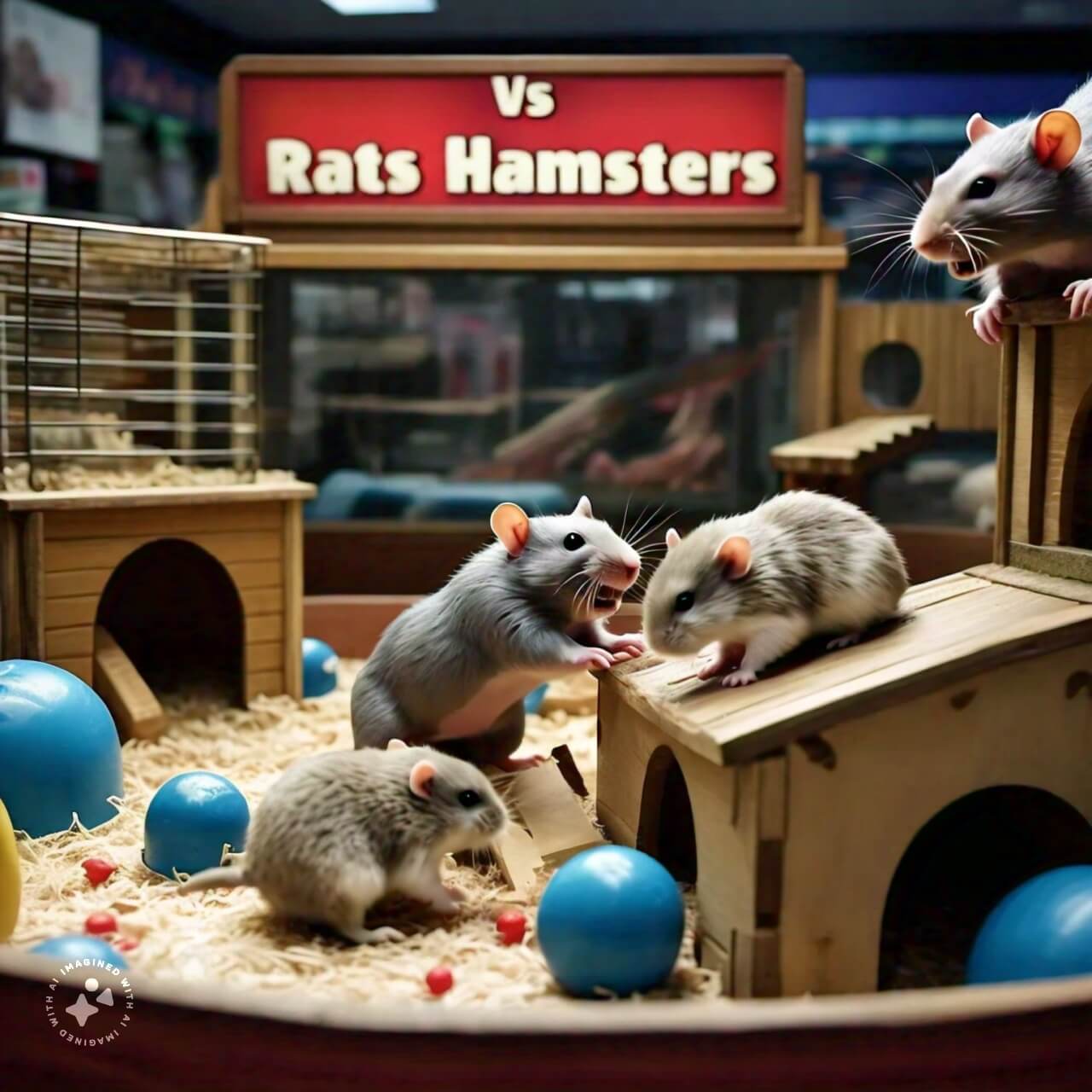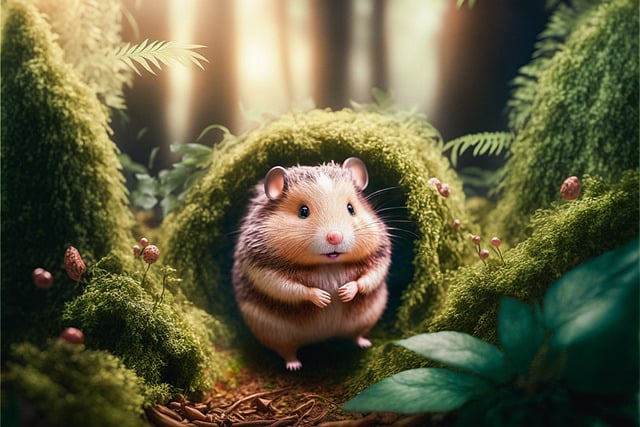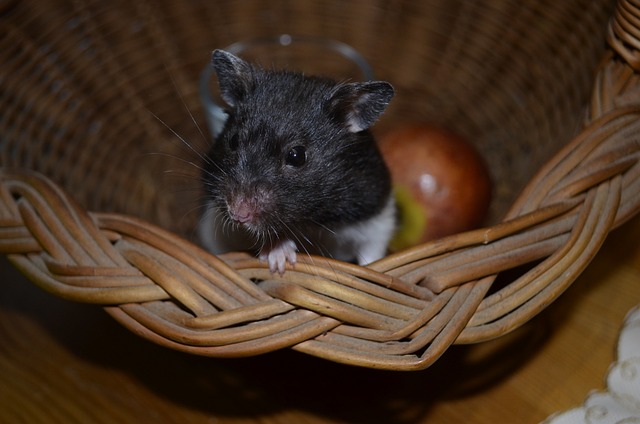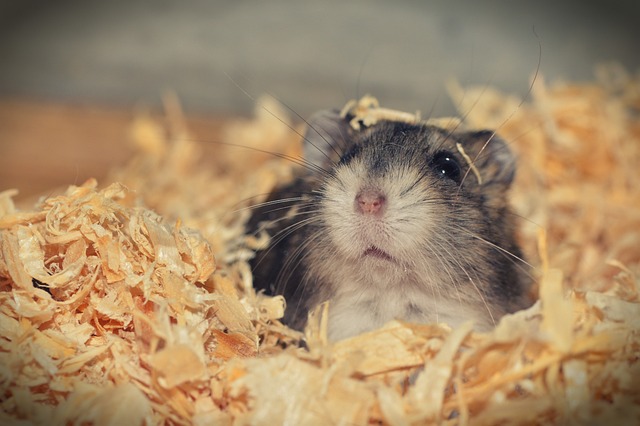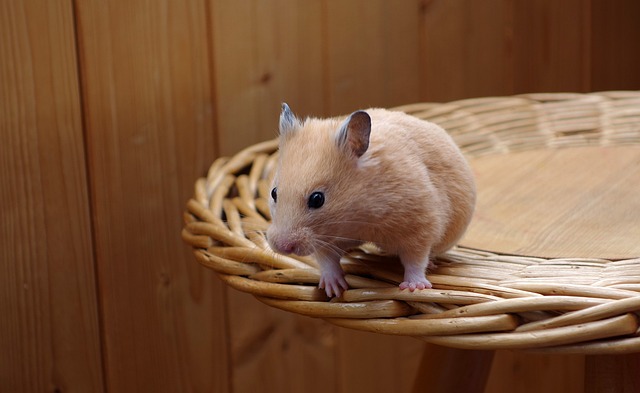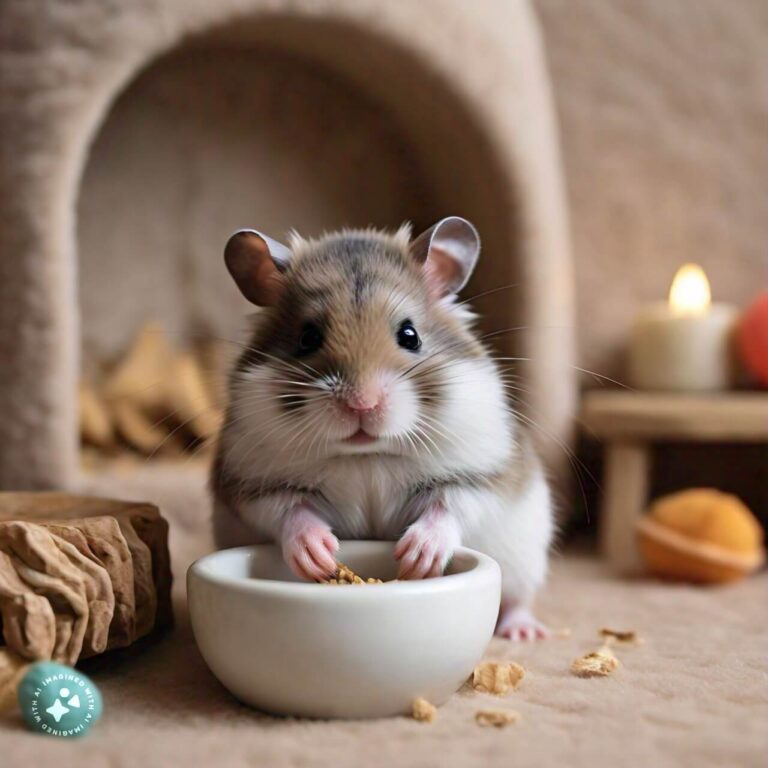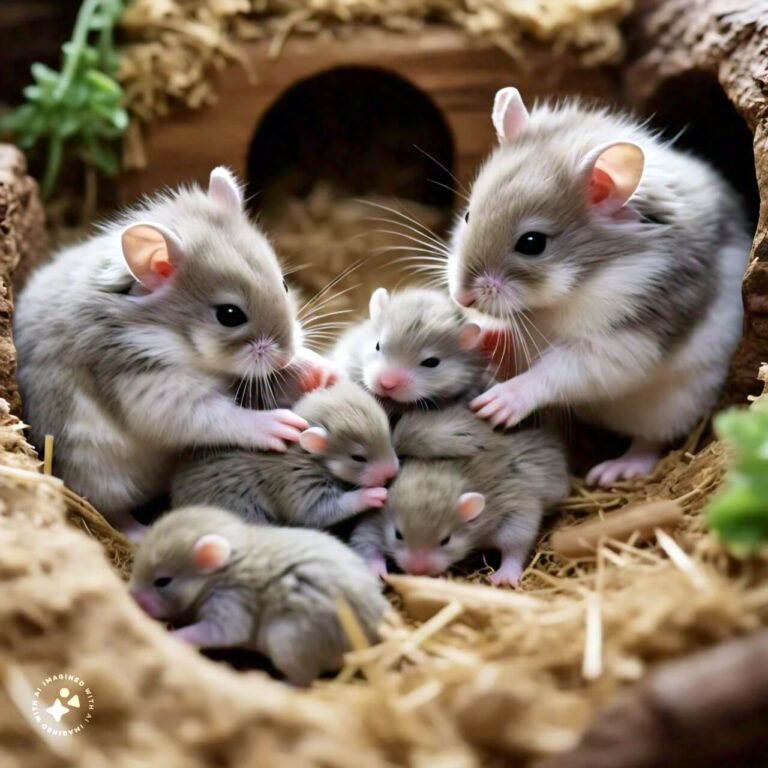Are Hamster The Same As Rats – hamsters.pk
Understanding the Differences: Hamsters vs. Rats
Hamsters and rats are both popular small pets, but they are often misunderstood to be very similar. Despite their superficial similarities, these two animals have distinct differences in appearance, behavior, habitat requirements, and overall care. This article aims to clarify these differences and help potential pet owners make informed decisions.
Physical Appearance
One of the most obvious differences between hamsters and rats is their physical appearance.
Size and Body Shape
Hamsters are generally smaller and more compact than rats. They have a stubby body with short legs and a short tail. In contrast, rats are larger with a more elongated body, long legs, and a long, hairless tail.
Fur and Colors
Hamsters come in a variety of colors and fur types, including long-haired and short-haired varieties. Their fur is often soft and dense. Rats also have diverse fur colors but tend to have shorter, sleeker fur. Some rat breeds may have curly fur or be hairless.
Behavior and Temperament
Behavioral differences between hamsters and rats are significant and can influence which animal might be a better pet for you.
Activity Levels
Hamsters are nocturnal, meaning they are most active during the night. They tend to be solitary creatures, often preferring to live alone to avoid fights. Rats, on the other hand, are crepuscular (most active at dawn and dusk) and are highly social animals. They thrive in pairs or small groups and can become lonely if kept alone.
Interaction with Humans
Rats are known for their intelligence and sociability. They can be trained to perform tricks and often enjoy interacting with their human caretakers. Hamsters, while also capable of forming bonds with their owners, are generally less interactive and more prone to biting if they feel threatened or are handled improperly.
Habitat and Care Requirements
The living environments and care needs of hamsters and rats vary and should be tailored to their specific needs.
Cage Size and Structure
Hamsters need cages with ample floor space and bedding for burrowing. They enjoy wheels and tunnels for exercise. Rats require larger cages with multiple levels, as they love to climb and explore. Providing a variety of toys and enrichment activities is crucial for their mental stimulation.
Diet and Nutrition
Both hamsters and rats have specific dietary requirements. Hamsters primarily eat commercial hamster food supplemented with fresh fruits and vegetables. Rats have a more varied diet that includes commercial rat pellets, fresh produce, and occasional protein sources. Both animals need access to fresh water at all times.
Health and Lifespan
Understanding the health concerns and expected lifespan of these pets is important for long-term care.
Common Health Issues
Hamsters are prone to respiratory infections, dental issues, and cheek pouch problems. Rats can suffer from respiratory diseases, tumors, and obesity if not properly cared for. Regular veterinary check-ups are recommended for both animals.
Lifespan
Hamsters generally have a shorter lifespan, living around 2-3 years. Rats typically live a bit longer, averaging 2-4 years. This difference in lifespan is an important consideration for potential pet owners.
Conclusion
While hamsters and rats both make excellent pets, they have distinct differences in appearance, behavior, habitat requirements, and health care needs. Understanding these differences is crucial for providing the best care and ensuring a happy, healthy life for your pet. Whether you prefer the solitary and nocturnal nature of hamsters or the social and intelligent disposition of rats, both can bring joy and companionship to your home.
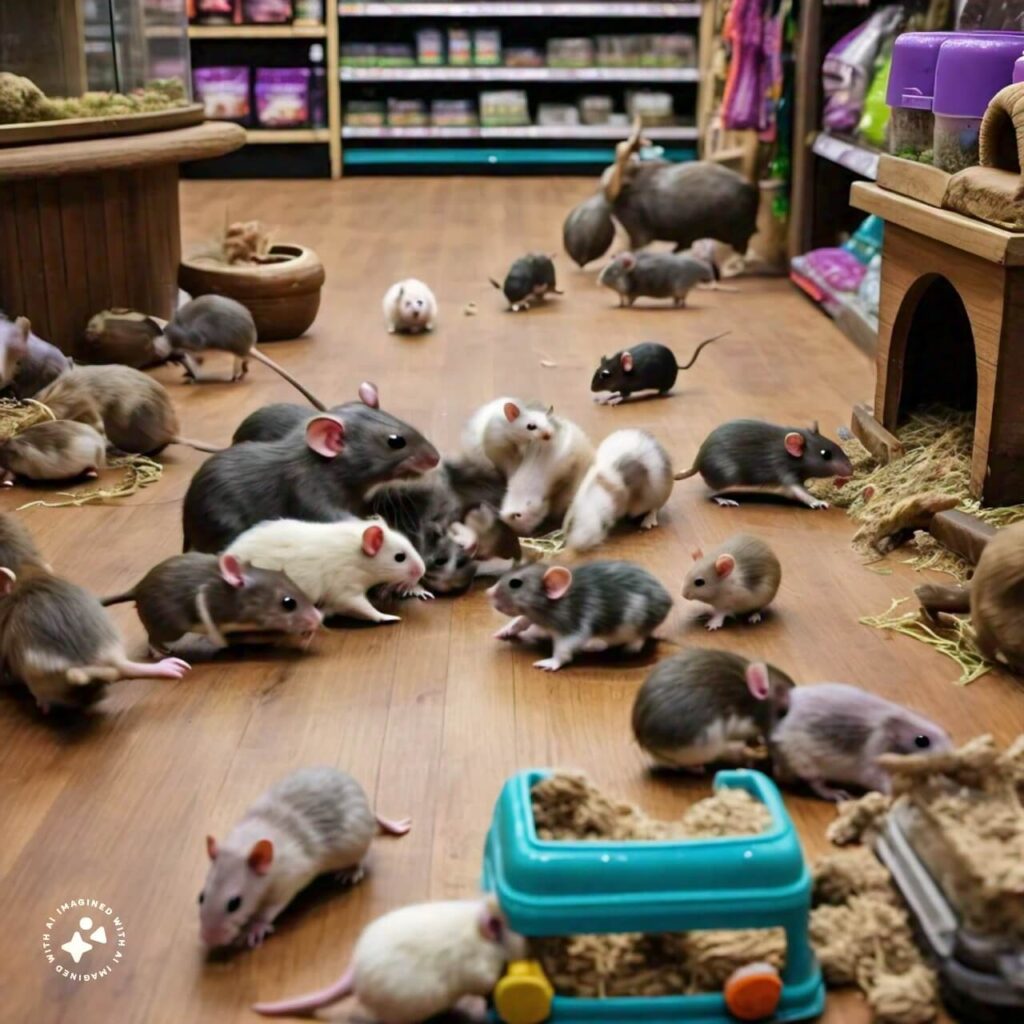
Habitat and Care: How Hamsters and Rats Compare
When considering a small pet, many people find themselves choosing between hamsters and rats. While both make excellent pets, they have distinct needs and characteristics that are crucial for potential owners to understand. This article will delve into the differences in habitat and care requirements for hamsters and rats, highlighting key considerations to ensure a happy and healthy life for your furry friend.
Habitat Requirements
Hamster Habitats
Hamsters are solitary animals and thrive best when housed alone. Their enclosures need to cater to their natural behaviors and instincts.
- Cage Size: Hamsters require a minimum of 360 square inches of floor space. Larger cages with multiple levels are ideal.
- Substrate: A deep layer of bedding (at least 6 inches) is essential for burrowing, a natural behavior for hamsters.
- Enrichment: Provide a variety of toys, tunnels, and wheels to keep them mentally stimulated.
- Hideouts: Hamsters need hiding spots to feel secure. Multiple hideouts mimic their natural habitat.
Rat Habitats
Rats are social creatures and should be kept in pairs or small groups. Their enclosures need to be more spacious and complex compared to hamster habitats.
- Cage Size: The minimum recommended size is 2 cubic feet per rat. Multi-level cages are highly recommended to utilize vertical space.
- Substrate: Use a dust-free bedding to prevent respiratory issues. Paper-based or aspen shavings are good options.
- Enrichment: Rats need climbing opportunities, toys, and chew items to prevent boredom.
- Social Interaction: Because rats are highly social, they benefit from daily interaction with their owners and cage mates.
Diet and Nutrition
Hamster Diet
A balanced diet is crucial for a hamster’s health.
- Commercial Pellets: High-quality hamster pellets provide balanced nutrition.
- Fresh Foods: Supplement their diet with small amounts of fresh vegetables and fruits. Avoid citrus and sugary treats.
- Protein Sources: Occasional treats like mealworms or boiled egg can be given for added protein.
Rat Diet
Rats have different dietary needs that must be met for their wellbeing.
- Rat Pellets: Use lab blocks or high-quality rat pellets as their main food source.
- Fresh Foods: Rats enjoy a variety of fruits, vegetables, grains, and proteins. Offer fresh foods daily but avoid toxic foods like blue cheese and green potatoes.
- Chew Toys: Provide wooden toys or dog biscuits to keep their teeth healthy and trim.
Health and Hygiene
Hamster Health
Hamsters are generally low-maintenance, but their health must be monitored closely.
- Common Issues: Look out for wet tail, a serious condition caused by stress or poor diet, and ensure their teeth are not overgrown.
- Grooming: Hamsters are self-grooming but can benefit from a sand bath to keep their fur clean.
- Veterinary Care: Regular check-ups with a vet specialized in small animals are recommended.
Rat Health
Rats are prone to specific health issues and require vigilant care.
- Common Issues: Respiratory infections and tumors are common in rats. Keep their environment clean to minimize risks.
- Grooming: Rats groom themselves frequently but may need a gentle bath if they get dirty.
- Veterinary Care: Regular vet visits are crucial. Look for a vet experienced with exotic pets for routine check-ups and any health concerns.
Social Needs and Interaction
Hamster Interaction
Hamsters are more independent and less social compared to rats.
- Handling: Handle hamsters gently and regularly to keep them tame, but respect their need for alone time.
- Playtime: Use exercise balls and secure playpens for safe, supervised playtime outside their cage.
Rat Interaction
Rats thrive on social interaction and bond closely with their owners.
- Handling: Handle rats daily to strengthen your bond. They enjoy being held and played with.
- Playtime: Rats need at least an hour of supervised playtime outside their cage each day. Provide a safe, enriching environment for exploration.
Conclusion
While hamsters and rats can both make delightful pets, their care and habitat needs are quite different. Understanding these differences is crucial for providing the best possible care. Hamsters require solitary, burrow-friendly environments, while rats thrive in social, interactive settings with ample space for climbing and exploring. By meeting their unique needs, you can ensure a healthy, happy life for your small pet.
Personality and Behavior: Contrasting Hamsters and Rats
When it comes to pets, the choices are vast, ranging from cats and dogs to hamsters and rats. While these smaller mammals often steal our hearts with their adorable appearances, it’s their unique personalities and behaviors that truly differentiate them. In this article, we delve into the intriguing differences in personality and behavior between hamsters and rats.
Understanding Hamsters:
Hamsters, known for their fluffy cheeks and round bodies, are popular small pets admired for their gentle nature. These solitary creatures prefer to live alone in their enclosures, relishing in their own company. Despite their small size, hamsters can display a wide array of personality traits.
1. Territorial Tendencies:
Hamsters are fiercely territorial, marking their territory with scent glands located on their hips. This behavior often leads to aggression if another hamster encroaches on their space. It’s essential for owners to provide adequate space and separate enclosures if housing multiple hamsters.
2. Nocturnal Activity:
Hamsters are nocturnal creatures, meaning they are most active during the night. This behavior can sometimes be challenging for owners who prefer daytime interaction. However, with patience and understanding, hamsters can adjust their schedule to some extent.
3. Burrowing Instincts:
One of the most fascinating behaviors of hamsters is their innate instinct to burrow. In their natural habitat, hamsters create elaborate burrows underground for protection and nesting. Providing substrates like wood shavings or paper bedding allows hamsters to exhibit this natural behavior in captivity.
Contrasting Rats:
In contrast to hamsters, rats are often misunderstood pets, but they possess unique qualities that make them beloved companions to many. Rats are highly social animals, thriving in groups and forming strong bonds with their human caregivers.
1. Social Bonds:
Unlike hamsters, rats are extremely social creatures, enjoying the company of both humans and fellow rats. They exhibit empathy towards their cage mates and even display grief when a companion passes away. Owners often keep multiple rats to ensure they have companionship.
2. Intelligence and Trainability:
Rats are renowned for their intelligence and trainability. They can learn a variety of tricks and commands, making them excellent candidates for positive reinforcement training. Owners can engage rats in enrichment activities to stimulate their cognitive abilities and promote bonding.
3. Active and Curious:
Rats are energetic and curious by nature, constantly exploring their environment with keen interest. Providing toys and stimulating activities is essential to prevent boredom and ensure their mental well-being.
Conclusion:
While hamsters and rats may share some similarities as small mammals, their personality and behavior traits set them apart in the world of pet ownership. Understanding these differences is crucial for providing optimal care and nurturing a fulfilling relationship with these delightful creatures. Whether you’re drawn to the gentle nature of hamsters or the social charm of rats, both make wonderful additions to any pet-loving household.
Health and Lifespan : A Look at Hamsters and Rats

Introduction
When it comes to choosing a small pet, many people consider hamsters and rats due to their compact size and charming personalities. However, prospective pet owners often wonder about the health and lifespan of these furry companions. In this article, we’ll delve into the differences in health and lifespan between hamsters and rats, providing insights into their unique needs and characteristics.
Hamster Health and Lifespan
Understanding Hamster Health
Hamsters, known for their adorable cheek pouches and round bodies, are generally hardy creatures. However, they are prone to certain health issues, including dental problems, respiratory infections, and obesity. It’s crucial for hamster owners to provide a balanced diet, ample exercise, and a clean living environment to ensure their pet’s well-being.
Lifespan of Hamsters
Hamsters have relatively short lifespans compared to some other small pets. On average, hamsters live between 2 to 3 years, although some may live slightly longer with proper care. Different hamster species, such as Syrian, Dwarf, and Roborovski, may have varying lifespans, with Syrians typically living longer than Dwarf hamsters.
Rat Health and Lifespan
Common Health Concerns in Rats
Rats, with their intelligent eyes and sociable nature, make delightful pets for many animal lovers. Like hamsters, rats are susceptible to certain health issues, including respiratory infections, tumors, and dental problems. Providing a nutritious diet, regular veterinary check-ups, and opportunities for mental stimulation can help maintain a rat’s health and happiness.
Lifespan of Rats
Compared to hamsters, rats generally have longer lifespans. Pet rats typically live between 2 to 3 years, although some may reach 4 years or more with proper care. Factors such as genetics, diet, environment, and veterinary care can influence a rat’s lifespan.
Conclusion
While hamsters and rats share similarities as popular small pets, they differ in terms of health and lifespan. Hamsters, with their shorter lifespan of 2 to 3 years, require attentive care to ensure they lead healthy lives. On the other hand, rats tend to live slightly longer, with lifespans ranging from 2 to 4 years. Regardless of the pet chosen, responsible ownership, including providing a suitable environment, appropriate nutrition, and regular veterinary care, is essential for promoting the well-being and longevity of these beloved companions.

